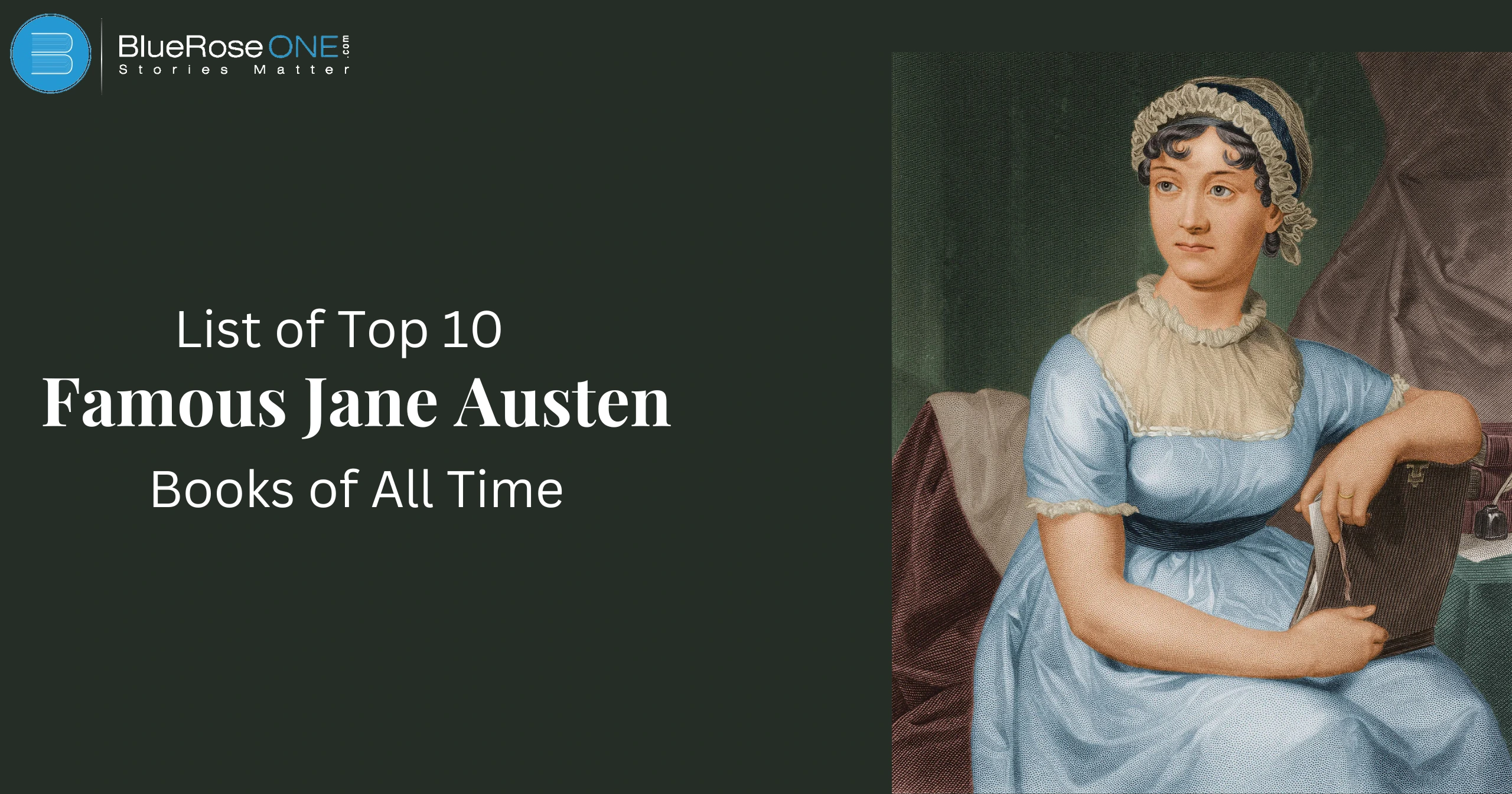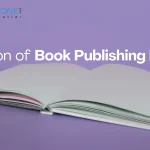Who Was Jane Austen?
Born in 1775 in Hampshire, England, Jane Austen was the seventh child of a family of eight. Despite her relatively short life, dying at just 41, Austen left behind a literary legacy that has stood the test of time.
Her novels focus on the British landed gentry, dealing with issues of class, love, and social status, with a sprinkle of humor and irony.
Let’s dive into the most famous and beloved Jane Austen books that have captured the hearts of millions of readers worldwide.
You may also like: List of Top 10 Famous J.K. Rowling books of All Time
Published in 1813, Jane Austen’s most well-known book is arguably Pride and Prejudice. The narrative of Elizabeth Bennet and Mr. Darcy delves into topics of love, societal expectations, and status.
The work, which is set in Regency-era England, offers unique characters and incisive wit while criticising society conventions and the institution of marriage. Because of the way their early miscommunications created their romance, Pride and Prejudice is a timeless masterpiece that has enthralled readers all over the world.
You may also read: Book Review: Lord of the flies by William Golding
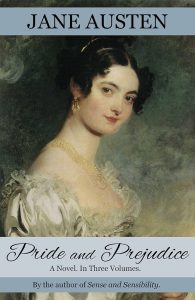
One of Jane Austen’s best-loved books is Sense and Sensibility, which was released in 1811. It follows Elinor and Marianne Dashwood, the sisters of the Dashwood family, as they deal with love, grief, and social expectations.
The book is an engaging examination of relationships and character because it pits Marianne’s emotional openness and sensibility against Elinor’s logic and reason.
The sisters’ romantic adventures combined with Austen’s clever societal critique have elevated Sense and Sensibility to the status of a timeless masterpiece.
You may also like: How to Get More Book Reviews in 2025: Proven Tips for Authors
You may also read: Where the Red Fern Grows: Book Summary & Themes
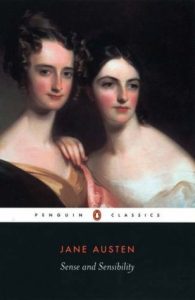
#3. Emma (1815)
Published in 1815, Jane Austen’s most well-known book is Emma. The protagonist of the tale is Emma Woodhouse, a confident and affluent young lady who loves to arrange marriages but frequently makes bad decisions in personal relationships.
Emma progressively develops via her foolish attempts to affect other people’s romantic relationships, learning about her own shortcomings and feelings. Emma is a timeless examination of love, class, and self-awareness in Regency-era England.
It is well-known for its wit, social critique, and nuanced character development.
You may also like: List of Top Best Free Plagiarism Tool (Checkers) in 2024
You may also like: 150+ Vivid Verbs to Supercharge Your Writing Every Writer Should Use
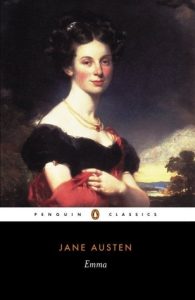
#4. Mansfield Park (1814)
Despite Pride and Prejudice frequently taking center stage, Jane Austen’s Emma (1815) remains one of her best-written books. The protagonist of the tale is Emma Woodhouse, a wealthy and brash young woman who thinks she is a professional matchmaker but frequently misreads the feelings and motives of others.
Emma is a timeless and cherished classic because of its incisive social commentary, intricate character interactions, and clever language, which highlight Austen’s skill in capturing the shortcomings and development of her protagonist.
You may also like: Best Udemy Courses for Self-Published Authors
You may also read: Adjectives that starts with e | Words Popular in America
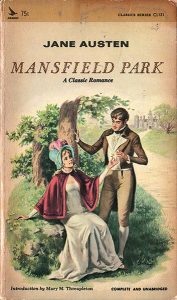
#5. Persuasion (1817)
“Persuasion,” one of Jane Austen’s best-loved books, was released posthumously in 1817. The narrative narrates the tale of Anne Elliot, a woman who was convinced to turn down Captain Frederick Wentworth years prior but is now offered another opportunity at love.
The book looks at topics of growth, society pressures, and regret. Readers adore “Persuasion” for its captivating depiction of enduring love and its emotional depth, despite its mature and introspective tone.
You may also like: List of Nobel Prize Winners in India (Updated)

#6. Northanger Abbey (1817)
Northanger Abbey is one of Jane Austen’s first finished books, having been published posthumously in 1817.
The narrative centers on teenage Catherine Morland, a voracious reader of Gothic literature, as she travels to the enigmatic Northanger Abbey. By combining humor and social critique, Austen deftly satirises the Gothic genre through Catherine’s fancies and misinterpretations.
Suggested by its exploration of innocence, friendship, and the difference between fact and fiction, the novel is one of Austen’s most well-known works.
You may also read: Top 10 Hugo Award-Winning Novels You Should Read
You may also like: Tone Examples in Literature: 15 Must-Know Types With Examples
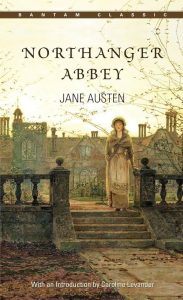
#7. Lady Susan (1871)
A lesser-known gem that demonstrates Jane Austen’s sharp wit and acute awareness of social dynamics is her early work, Lady Susan.
The story, which is written in the form of epistolary letters, follows the cunning and manipulative Lady Susan Vernon as she hatches plans to get her daughter and herself favorable marriages.
In contrast to Austen’s most well-known heroines, Lady Susan is an intriguing anti-heroine, which makes this novella a thought-provoking examination of power, ambition, and morality in 18th-century society.
You may also like: List of 10 Best Libraries in Leicester for Bookworms
Yoy may also read: 10 Best Fiction Books Set in America You Must Read
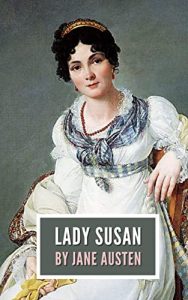
#8. Love and Friendship
A lesser-known composition by Jane Austen, “Love and Friendship” was first written in 1790, when the author was only a teenager.
She displays her early wit and astute observations on social connections in this epistolary novella. The friendship between Laura and Sophia, two young ladies navigating love and the intricacies of their social circles, is at the heart of the narrative.
Austen examines themes of romantic ideals vs reality with a sharp sense of humor and humorous satire, laying the groundwork for her later masterpieces.
You may also like: Aravind Adiga Books of All Time | BlueRoseOne

#9. The Watsons (Unfinished Work)
Jane Austen wrote the incomplete novel The Watsons in the early 1800s; it is thought to have been written between 1804 and 1805.
The protagonist of the tale is Emma Watson, a young lady who, following the loss of her father, must negotiate the difficulties of social class, familial relationships, and love relationships. With its themes of marriage, social expectations, and personal development, the book displays Austen’s trademark wit and astute observations of human nature.
The Watsons is an important element of Austen’s legacy even though it is incomplete and shows how her storytelling technique changed over time.
You may also read: Top 10 ELF Name Generators for Fantasy Writers
You may also like: Left Behind Series Books in Order: Where to Begin

#10. Sanditon (Unfinished Work)
Written in 1817, “Sanditon,” Jane Austen’s unfinished final book, provides a sharp glimpse into social upheaval in early 19th-century England.
The story, which takes place in a seaside resort town, centers on Charlotte Heywood as she negotiates the difficulties of love, ambition, and social expectations.
Austen addresses issues of class, business, and women’s changing roles with a wide range of characters. “Sanditon” is an important piece in Austen’s literary heritage despite its incompleteness since it displays her humor and astute observation.
You may also like: List of 10 Best Libraries in Birmingham for Bookworms
You may also read: Archangels Names List: Meanings, Powers, and Symbolism


